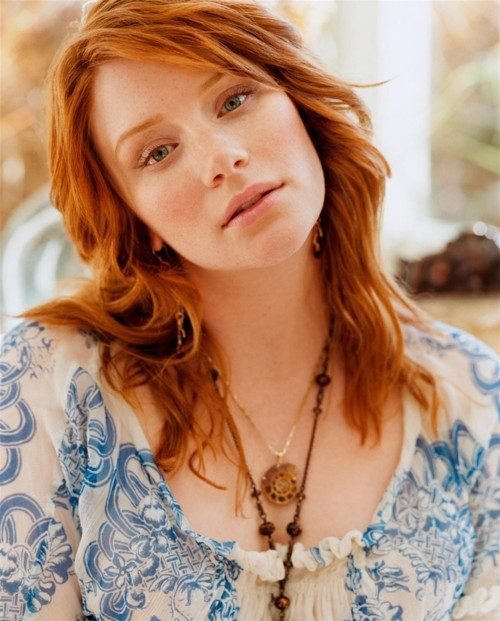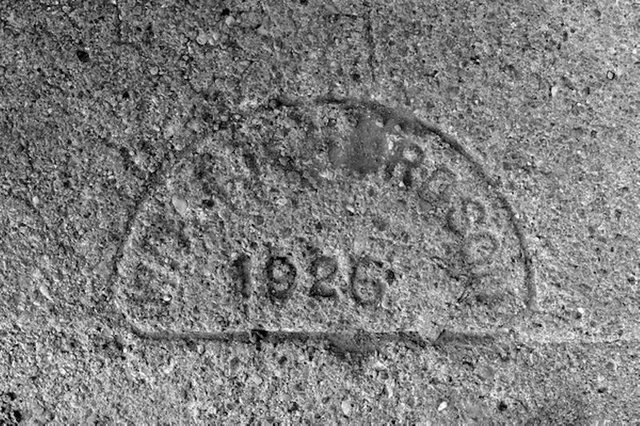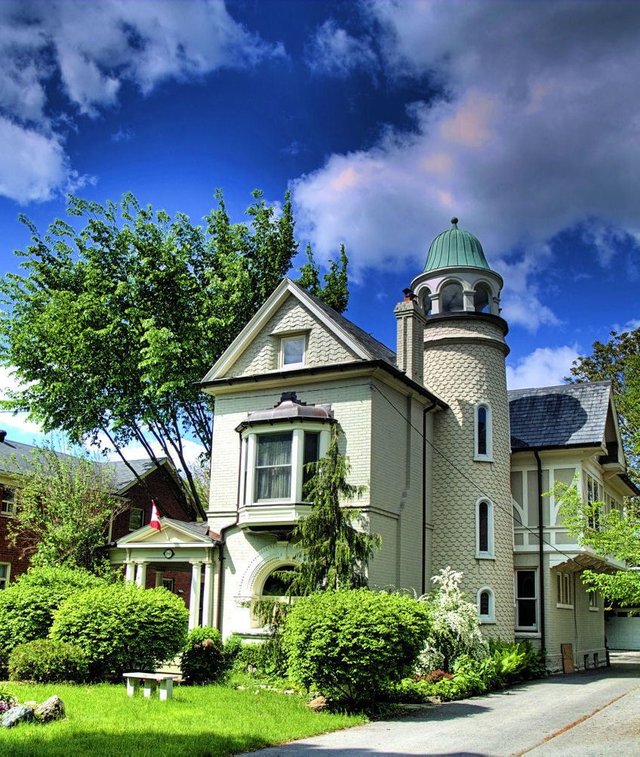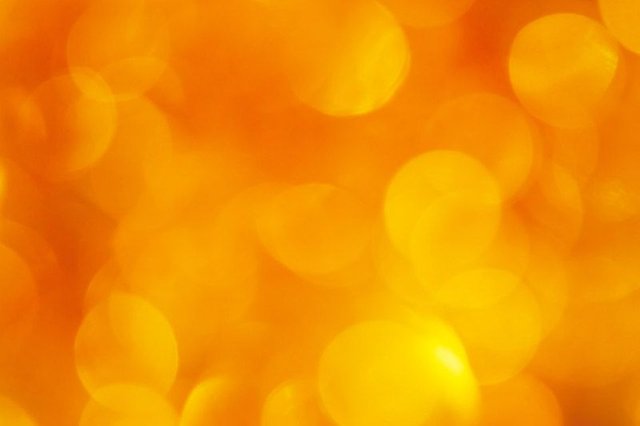a glimpse of violet

I met Wally Leonard one rainy Saturday while browsing though bookseller’s shops on Queen Street. I liked him instantly. He’s the kind of a guy that has this comfortable, old shoe type of feel, if you know what I mean.
We ended up in a deli eating bagels with cream cheese and drinking coffee. “The best damn lunch bargain in the city,” he bragged—and he was right.
We got to talking—actually, more reminiscing about historic Toronto and he told me he was a photographer working for The Toronto Telegram.
I asked him what was his most memorable photo assignment and without hesitating he told me it was an assignment to photograph old residential streets.
He got all starry-eyed about it.
“You know, the wide avenues with a leaf canopy so heavy you don’t need an umbrella when it rains?”
Yeah, I know them well, and when he said it I felt a pang of nostalgia.
I remember childhood summers playing in the rain—safe and dry and sitting on the curb or playing hopscotch with the girls while the air was filled with the bitter scent of dust and rain.
The longing I felt was so intense, I wanted to back and look—to walk those streets that time forgot. I wanted to explore again the charm of finding little things, like sidewalks bearing date stamps from the 1920's or even from turn of the century that proudly proclaimed when the concrete was poured.

How those sidewalks lasted so long is a mystery, but when I think about it I realize the concrete sidewalks they poured back then were different from today’s homogenized quick-setting walkways.
Those sidewalks of the past contained a lot of 'traprock', greenish-blue pebbles mixed into the cement.
They were meant to last, as were the brick and stone houses they built back then with their tall narrow windows and wide wooden verandahs.
So that’s how our conversation went. We reminisced for a while and shared anecdotes about penny candy and watching baseball games under lights—those long purple summer nights filled with sultry stars and the crack of bats and the smell of popcorn and roasted peanuts.
That’s the funny thing about men—we’re mostly furtive and secretive, but when there’s a glow of camaraderie, the defenses come down and confidences are shared—usually in the hushed tones of whispered prayers.
And as we talked, Wally grew pensive and I knew he was pondering whether to entrust me with a secret. Finally, his posture relaxed and he leaned back as if we were sitting out on that ball diamond of our youth staring up at stars, and he began to talk dreamily as he recalled an event that changed his life.
He had spent an afternoon on Willow Avenue capturing the ambiance and the elusive spirit of the place.
It was a bright summer day filled with towering fair weather clouds and the sun-dappled street was a magic lantern show. Each moment the light changed as if on cue with the wind.
Cloud shadows passed over the houses and doorways and windows brightened and darkened in an ever-changing kaleidoscope of light and shade.
He snapped hundreds of shots trying to capture the elusive nuances of mood and atmosphere. When finally the sun declined, he packed up his equipment and went back to his studio to develop the photos.
When he began examining the results, he got a shock. Willow Avenue was there all right—but there was another streetscape too—a genteel and quaint turn of the century boulevard with women in a long dresses carrying parasols, boys in knickers and men in bowler hats.
He told me the next week he went back looking for the street—not the Willow Avenue of the present—but that older, stately boulevard that stained his mind with images of a gentler time.
He didn’t find it and in the end gave up trying.
Now normally, this type of disclosure would fascinate me for a while and then fade into the banality of weird but forgotten trivia. But something drew me about Wally’s story—some mysterious longing for a simpler time perhaps. Whatever the reason, I couldn’t let it go.
I resolved to spend a quiet Sunday in search of that Mauve Decade and the elusive after-images of grace and gentility that so captivated my mind.
I certainly wasn’t expecting to step back in time—I was simply intent on savoring whatever vestiges remained of flying machines and hot air balloons and the faded imprints of the Edwardian world.

I picked a great Sunday—a lovely mid August afternoon filled with purple tinged clouds and a cool wind. It was a harbinger of fall, one of those late August days that foretell the beginning of an autumn chill.
I brought along my DSLR camera, but unlike Wally, had little skill in dealing with tricky lighting variations and kept the camera on auto so I wouldn’t have to play around with the camera settings. I probably would have had the same success using the camera on my iPhone.
I think I wanted the camera along as a prop—sort of like giving a character on stage some business so he won’t be standing around looking out of place. The last thing I needed was some old biddy thinking I was a robber casing the place and suspiciously eyeing me.
Well, that was the plan, but wouldn’t you know I only sauntered a block before I heard a woman’s voice behind me.
“Excuse me, are you looking for someone?”
I took a deep breath, reminding myself to be patient, and turned around only to stare into the loveliest face I had ever seen.
My jaw dropped and for a moment everything inside me froze.
If the girl noticed my reaction, she was kind and only smirked a little.
When I finally recovered my wits, I tried to explain away my stunned behavior.
“I’m sorry,” I said, “I get so engrossed in my work. I love to photograph old residential streets and was preoccupied with possible camera angles.”
“Are you a professional photographer?”
I heard the words as if from far away—I was that enthralled with her beauty.
She was standing beneath a huge Maple and the sunlight filtering through the leaves brought out the red highlights in her hair.
I tried to refocus, but it was a struggle.
“I’m friends with a newspaper photographer who told me about this street. I’m not very good with a camera, but I love exploring streets that have a history and still retain vestiges of the past.”
She laughed, “That’s Willow street, for you—much of it is frozen in time.”
A passing breeze strayed through her hair and its static separated slender strands into filaments of bright copper. Backlit by the sun, her face now in shadows, seemed surrounded by an amber aura.
Again, I reminded myself to focus. “I should introduce myself—I’m Blake Foster.”
“Violet Warren,” she smiled.
Violet …such a lovely name and she was so like a flower I could easily be lost in her fragrant stillness and color.
And then it happened. We were no longer on the Willow Street I knew—we were back somewhere in the time and place where she belonged.
The bellows of the camera of Time moved and the focus widened.
I became aware of stately houses and wide lawns. Everything seemed gentler and milder—the air felt fresher—the world seemed quieter.
And then Time’s lens shifted again and my vision narrowed to the girl before me.
I saw Violet fully then, for the first time. She was wearing a wool tweed day dress with huge sleeves, ruffled bodice front, and wide skirt. I had forgotten there was a time when women dressed impractically, and yet looked extravagantly feminine.
I think I fell in love with her then.
We sat out on her lawn on huge white wooden chairs and talked. I can’t remember what we said—but it was drowsy and dreamy as when I sunbathe with eyes closed on a summer day and get lost in the soft droning of a light plane overhead.
My eyes were closed now and I was seeing red and golden suns—as sunlight filtered through the trees torching red highlights in her hair.
 .
.
I kissed her lips, felt the brush of eyelashes on my cheek and a trace of tears.
But when I opened my eyes, I was alone on the street—the wind wrapping its arms about me, and stray raindrops wetting my cheeks.
I have no recollection of how I got home—just the confusion of waking up on my couch the next morning.
I’ve never gone back—there’d be no point. She’s not there.
I’ve seen Wally a few times since. We talk but never about Willow Street or that mysterious time skip.
I think he senses a change in me, and I think he knows what it is.
But he has his photographs, and I have memories—images of red suns when I close my eyes and always, an intense longing.
https://goo.gl/images/LOC55G, https://goo.gl/images/C1Dj5T,
https://goo.gl/images/kt6Gfc
hay friends, I am new in steemit. see also my first post, follow and upvote https://steemit.com/@fahmiauliasfr
thank you for everything, this may be a good start for me.
what a lovely story of warmth and calm on a blustery winter day
thank you, shadowspub!
I love reading your stories, I am by nature quite frantic , your words ,calm me.
I'm glad, awgbibb - thank you
Hi @johnjgeddes, I just stopped back to let you know your post was one of my favourite reads yesterday and I included it in my Steemit Ramble. You can read what I wrote about your post here.
thank you, shadowspub!
What a lovely story, poignant and nostalgic - it made me wish for gentler, simpler times .... loved it.
thank you for responding, @jcedwards - I appreciate the encouragement :)